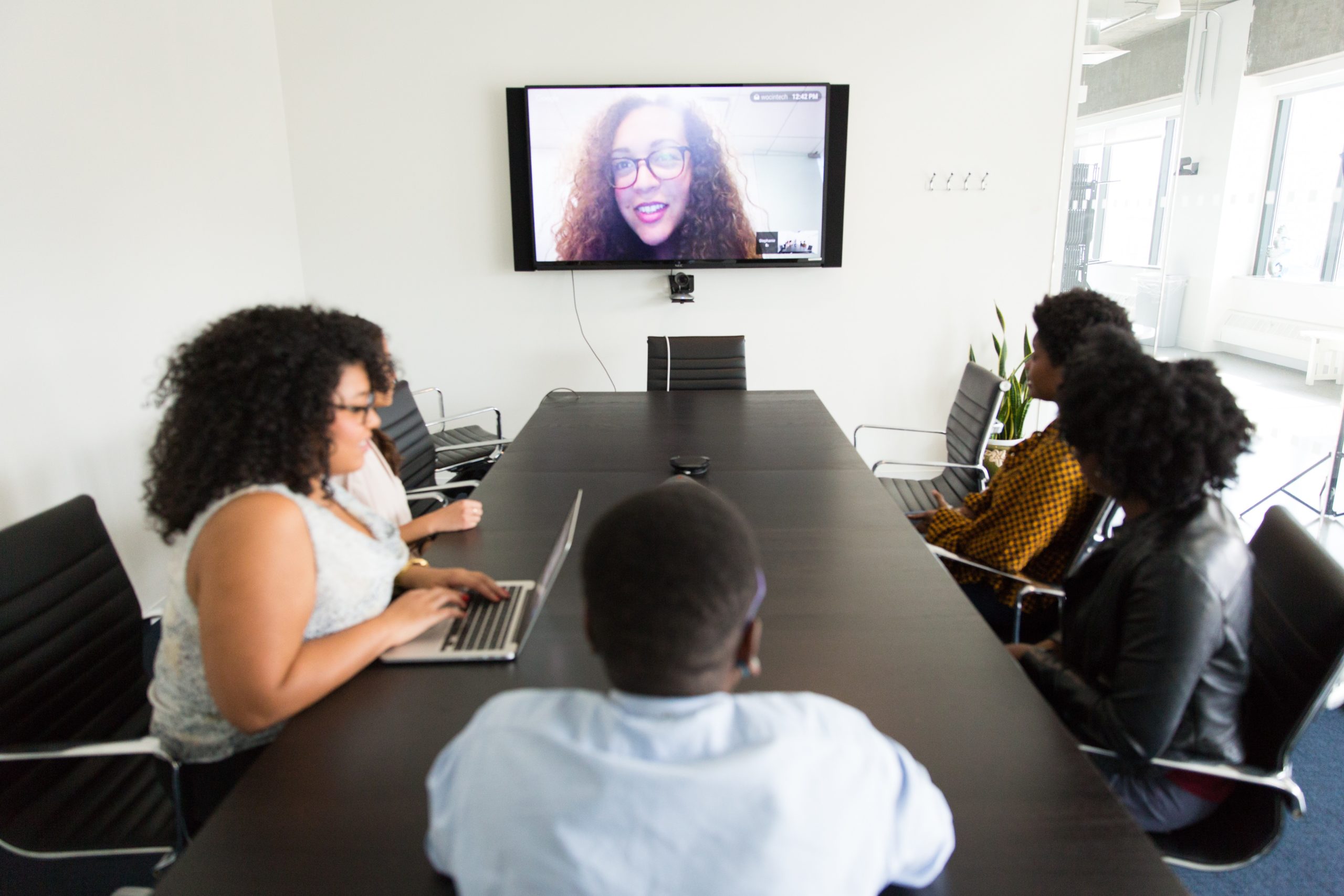Even though the pandemic is winding down, hosting meetings is still going to be a challenge. Not only will event organizers have to readjust to in-person meetings, but they will also have to accommodate people still wanting to participate via Zoom, Teams, or other virtual platforms. The pandemic has made people very aware of the benefits of meeting remotely. Professionals have discovered that they can have a similar productive experience without having to leave their office. However, some are adamant about having an in-person experience. For those with less technological proficiency, meeting in person is less complicated and less stressful. To keep these two audiences engaged, meeting planners will need to master “hybrid meetings.”
The hybrid meeting is a meeting that consists of an in-person audience and an audience participating over the internet. The meeting host and speakers address both audiences simultaneously, usually by pointing a webcam at the speaker podium. When done right, a hybrid meeting can meet the needs of these two distinct audiences.
The key to a successful hybrid meeting is to have two suitable tech/virtual broadcasting systems in place—one for the live session and another for the online platform. The meeting site needs to have a stable internet connection to ensure that the online attendees can view without interruption. If possible, the virtual attendees should be displayed in the room on a large TV or computer monitor. If there are any meeting materials or handouts, make sure online attendees can access a digital version.
There are some additional technical issues with hybrid meetings. The host needs to ensure the online attendees can both see and hear the speakers, and those in the room should be able to hear and see the virtual attendees if they ask questions, etc. That will require quality microphones and video equipment in the meeting room. This can be an issue if your speaker will be walking around. During the question and answer sessions, it’s easy for speakers to overlook questions from the online audience, so it’s best to have a person monitoring the questions. Speakers need to ensure that they’re responding to the questions of both audiences equally. Also, there may be a need for a tech person to run the virtual meeting and another to run the live meeting. When dealing with technology, if it can go wrong, at some point it probably will, so have that tech person on hand.
While it may be extra work and cost to host a hybrid meeting, allowing for both online and “offline” attendees can potentially maximize audience attendance and participation. Plus, it’ll give you plenty of practice for when “virtual reality meetings” are no longer science fiction.









